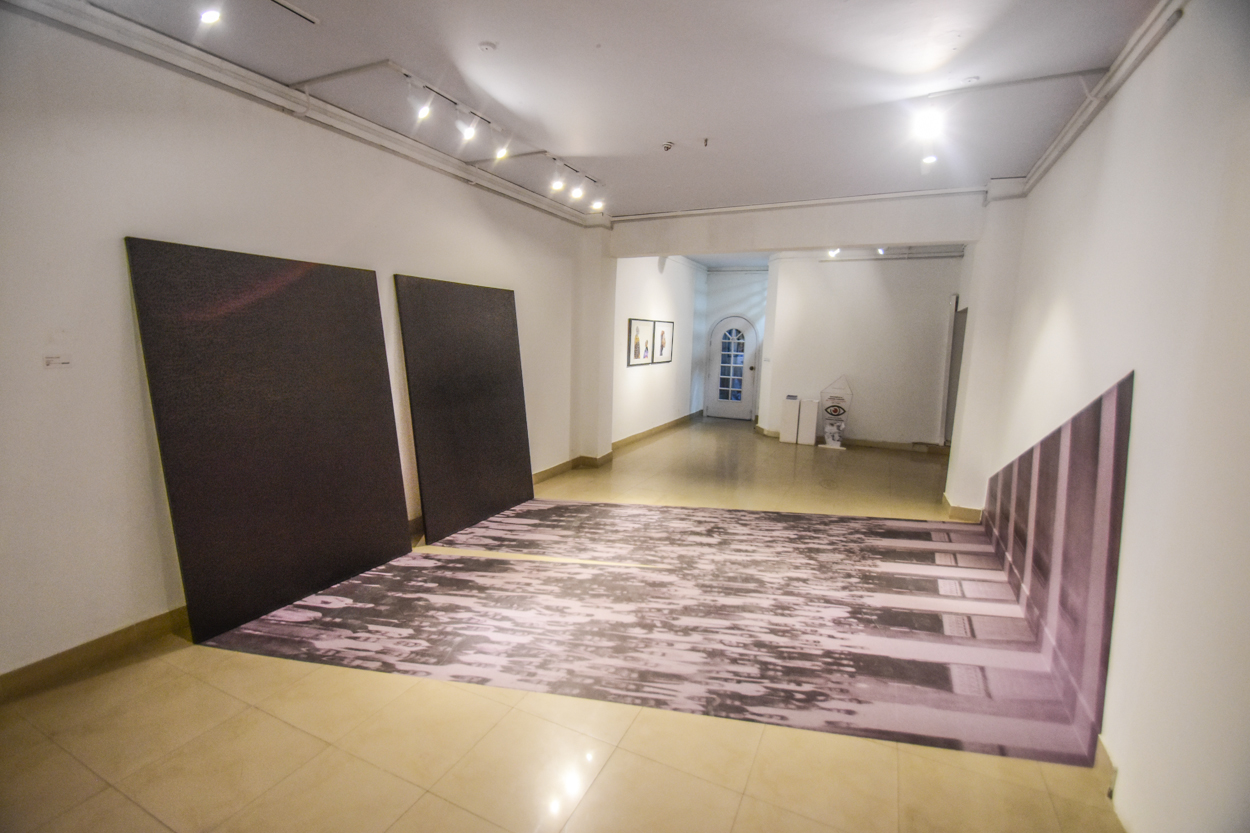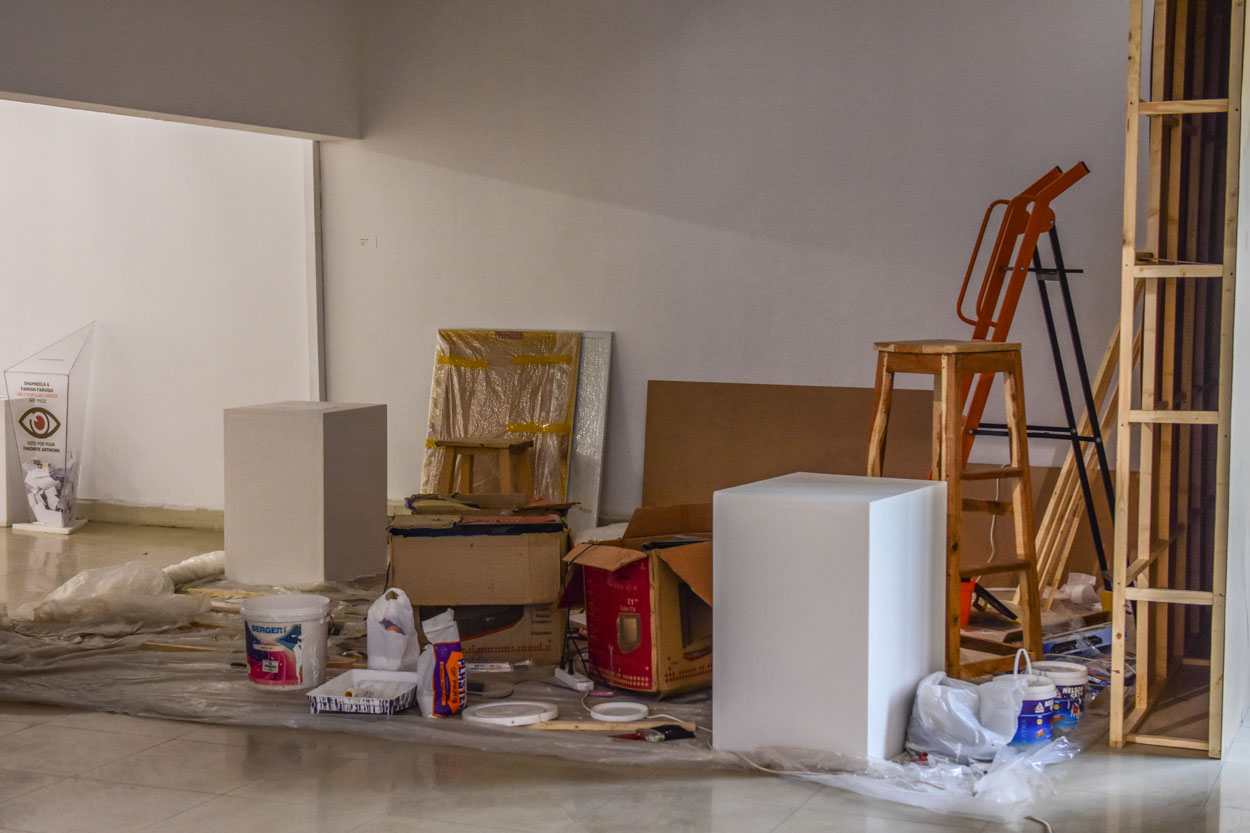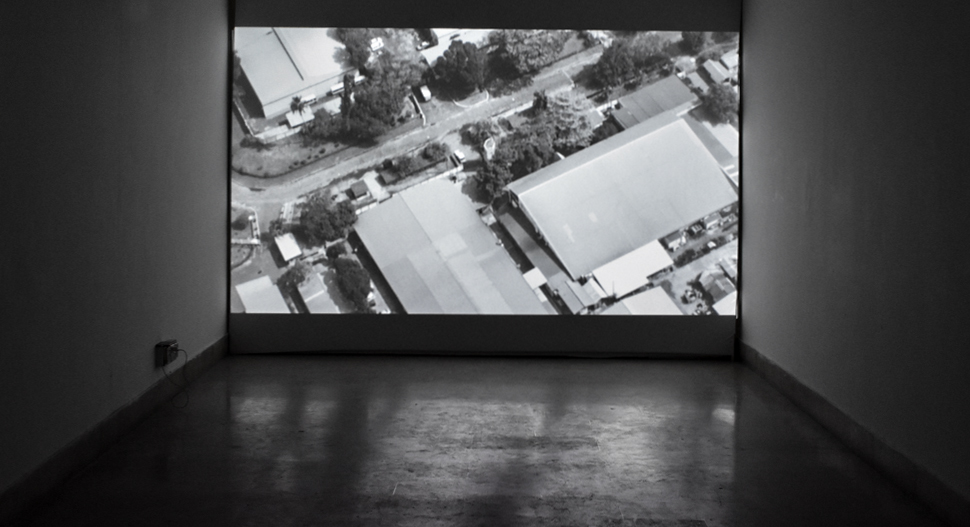Broersen & Lukács
Live and work between Berlin (Germany) and Amsterdam (The Netherlands)
Margit Lukács (b, 1973, Amsterdam, The Netherlands) & Persijn Broersen (b. 1974, Delft, The Netherlands) are artists living and working between Amsterdam and Berlin. They work in a wide variety of media—most notably video, animation and graphics—producing a myriad of works that reflect on the ornamental characteristics of today's society. With video pieces that incorporate (filmed) footage, digital animation and images appropriated from the media, they demonstrate how reality, media and fiction are strongly intertwined in contemporary society. Broersen and Lukács studied at the Sandberg Institute and at the Rijksakademie in Amsterdam. Their films, installations and graphic work have been shown internationally, at a.o. Biennale of Sydney (Australia), Stedelijk Museum Amsterdam (the Netherlands), MUHKA (Belgium), Centre Pompidou (France), Shanghai World Expo (China), and Casa Enscendida (Spain).
Broersen & Lukács have two videos on view at KB17. In Establishing Eden, the artists focus on the establishment shot: the moment a landscape is identified and becomes one of the main protagonists in a film. In blockbusters like Avatar (James Cameron, 2009) and the film series Lord of the Rings (Peter Jackson, 2001-2014) these shots have been used to capture and confiscate the nature of New Zealand, propagating itself as a new Eden, ever-green and unspoilt. Here fiction takes over reality: mountains and forests exist under the name of their cinematic alter-egos. Broersen & Lukács traveled through the wilderness of New Zealand to capture these landscapes and with that, they appropriate the nature of New Zealand once again. Creating an architecture of fragments connected by the camera-movement of a perpetual establishment shot, they show this Eden as a series of many possible realities, an illusion that just as easily comes together as it falls apart. In the second video, Stranded Present, the vertigo effect of time in today’s culture makes the present appear as if woven out of many pasts. Transformed, shifted or mutilated, historical motifs have found their home in the adornments of many past and future households. While searching for the strength and sustainability of certain patterns, Broersen & Lukács stumbled upon the 19th century illustrations of the ruins of Palmyra in the Parisian Bibliothèque Fornay, a library of decorative arts. They reconstructed this once flattened motif of a temple, depicting its endless dimensions—plastic, malleable and untouchable—as a liquid body, transforming over time. On the night of its first appearance in public, ISIS took control of the historic city of Palmyra and, with that, expropriated the meaning of Broersen & Lukács’ work. And, nevertheless, or perhaps precisely because of this, the motif is again nestled in our brains, as a stream that, once settled in its bed, will flow on for ages.


















